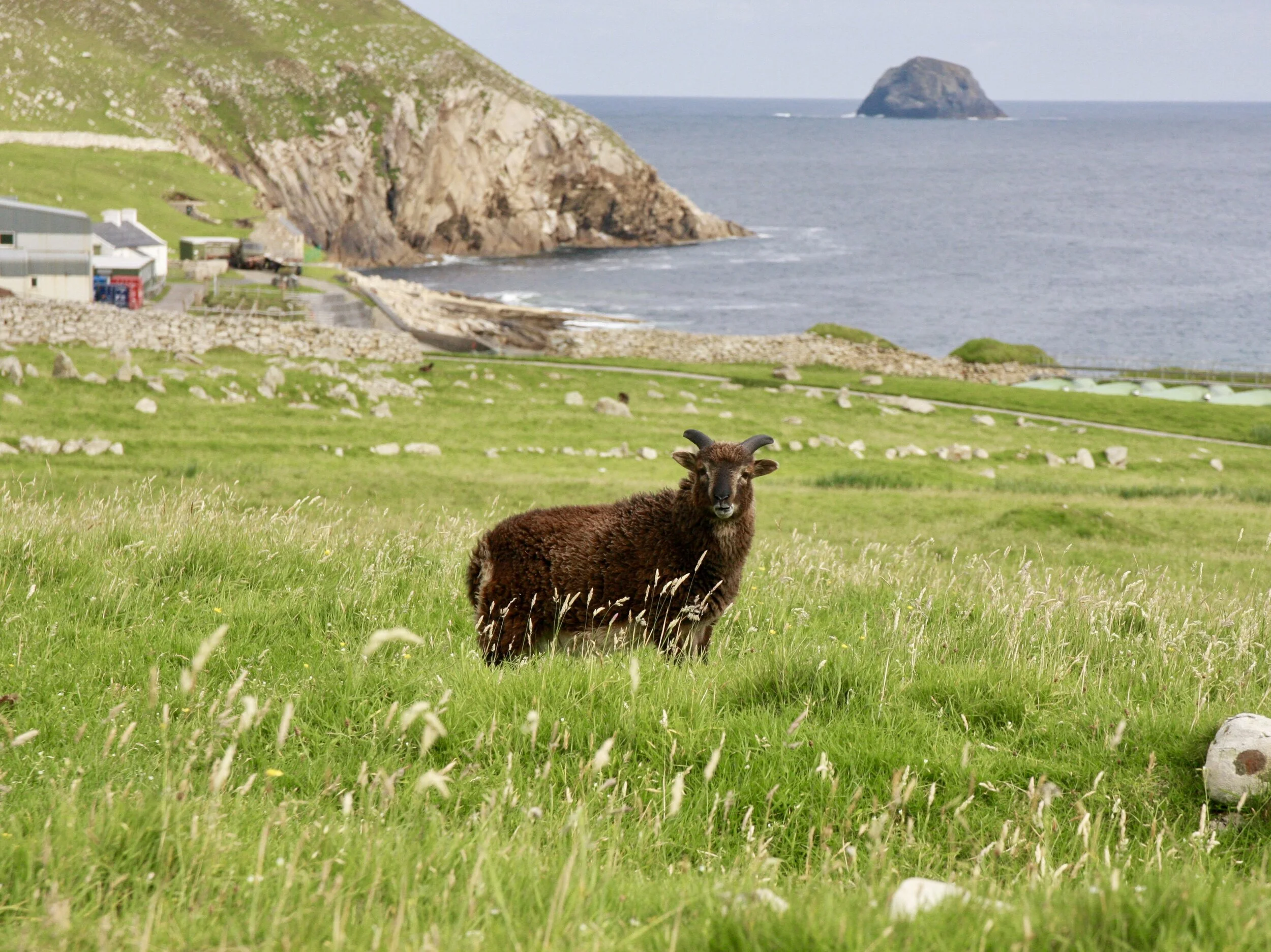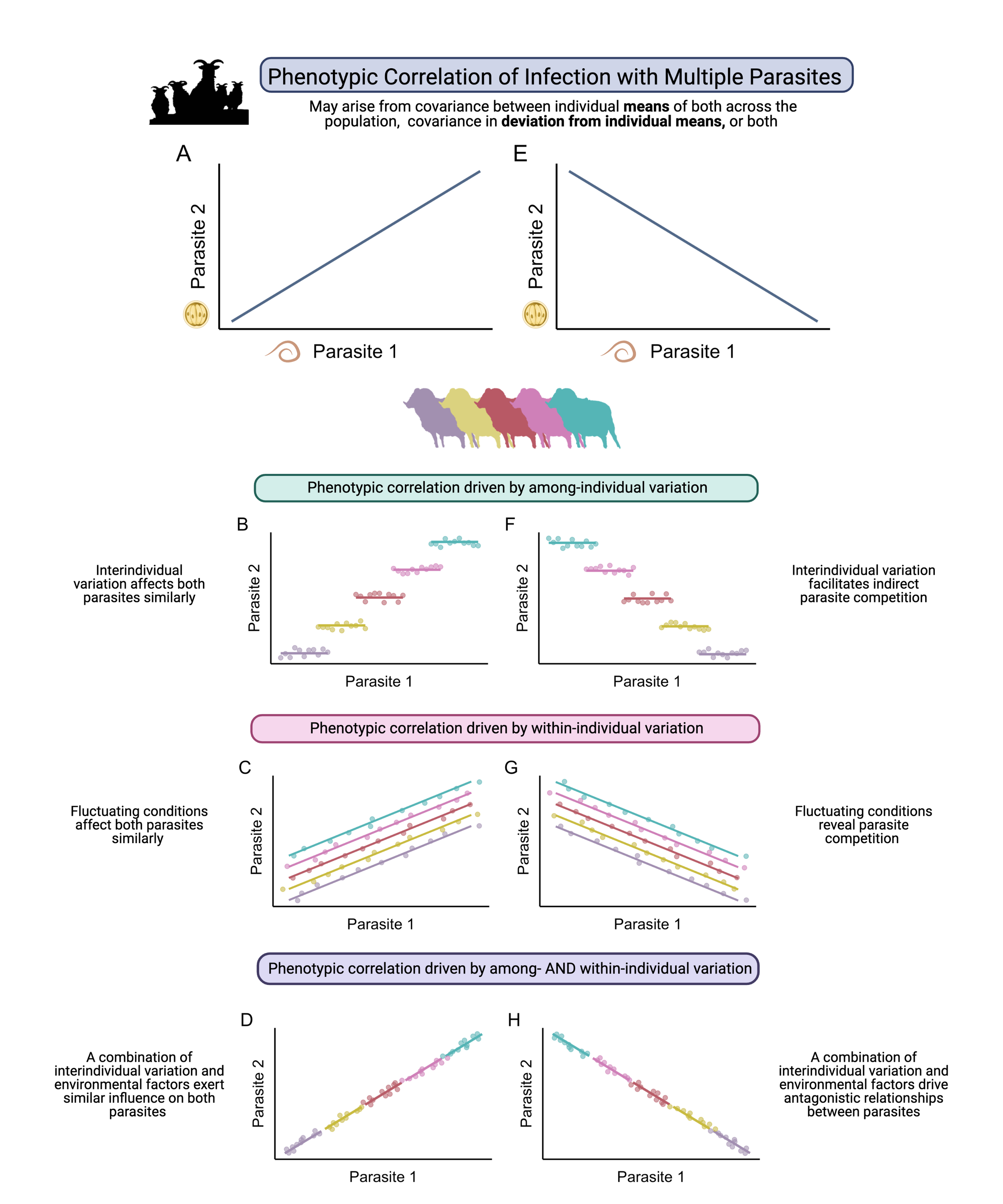Project aims
The Ecology Within Project is a funded by a large NERC grant. This project, which kicked off in March 2019, combines the unique long-term monitoring of the Soay Sheep population of St. Kilda with next-generation sequencing methods to investigate the drivers of gut community dynamics from the host and environment, relationships among microbiota and other parasitic gut residents. By sampling longitudinally, the project will be able to study changes within individuals due to diet and environmental changes, and explore fitness consequences of gut community composition in the wild. Find out more about this collaborative project here, or learn more about the long-term Soay Sheep Project here.
My role
As a Postdoctoral Research Associate with the Ecology Within Project, I work with Luke McNally and Dan Nussey. I work with both field and lab teams to coordinate data pipelines for the broader project and am currently working with Luke to develop novel statistical methods to integrate gut community data into our understanding of the ecology and fitness of this well-studied population. I am also interested in the relationships between the gut microbiota and the diverse gastrointestinal parasites harboured by Soay Sheep.
OUR APPROACH










